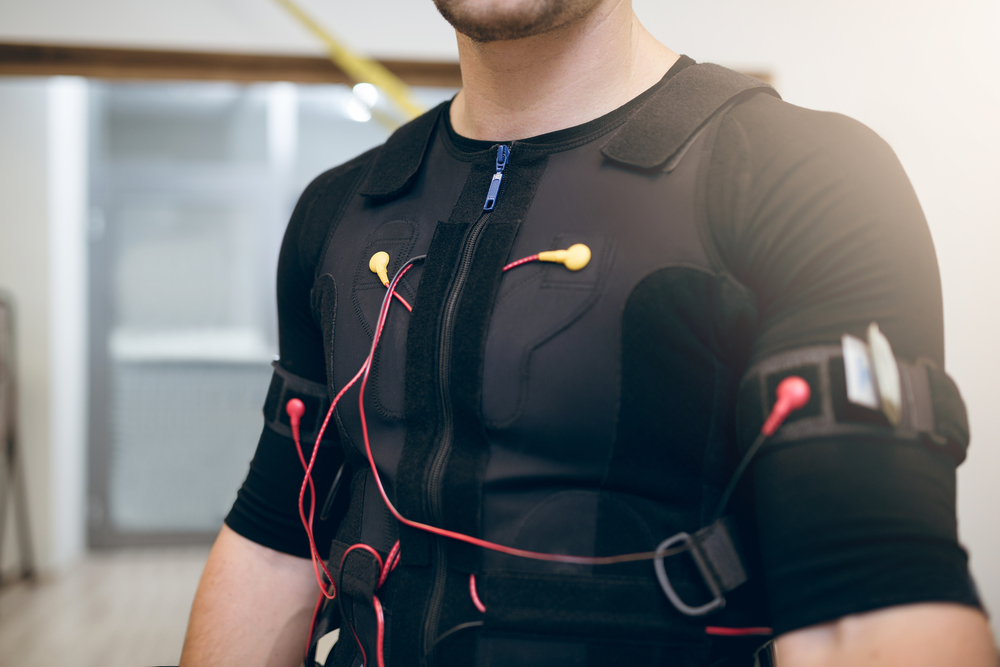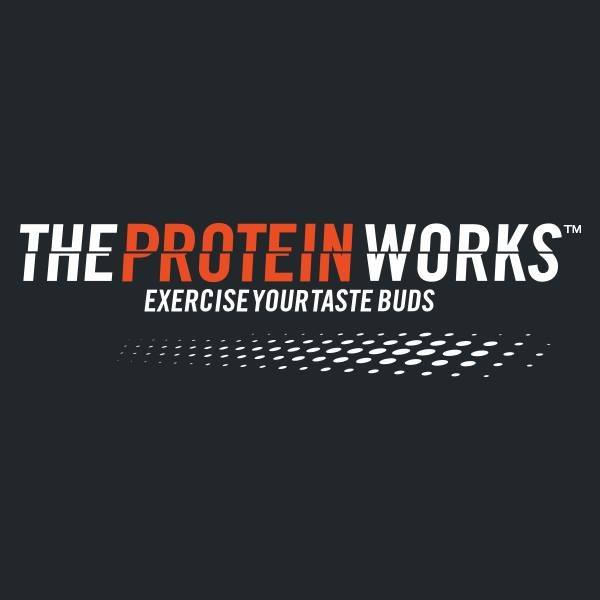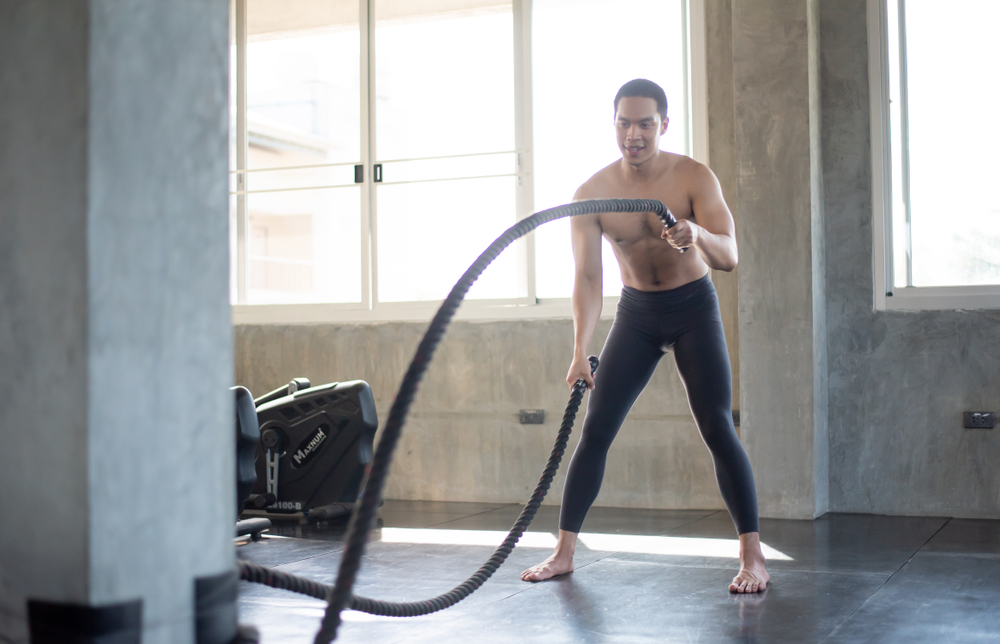
Your Guide On How To Get Stronger
Why should I focus on strength training?
- To be more physically functional
- Prevent muscle wastage with age
- Improve athletic endeavours
- You Look better
On the surface, these are reasons why you might try to get stronger- everyone, after all, has their own ‘why’. But there is definitely more to it than that….
In my opinion, mastering control of your own body is, without a doubt, one of the best ways to develop confidence within yourself. Progressively pushing beyond your limits. Consistently redefining what you can do physically and mentally.
As time and effort accumulate you begin to realise that you can, in fact, achieve that which may have been self-defined as “impossible”.
Before you know it, strength training begins to seep into other areas of your life. Challenges that would never have been considered suddenly do not seem as daunting. You begin to develop self-efficacy- an individual’s belief in their own innate ability to achieve goals.
Psychology cast aside. You’re here to learn how to get stronger. This article will detail four pillars of strength training as outlined by the most up-to-date research.
Specify Your Exercise
Strength is a neuromuscular adaptation to an external stimulus. As we expose ourselves to an exercise, i.e. push-ups, the communication between brain and chest musculature strengthen. Our ability to recruit muscle fibres for contraction increases thus allowing for a greater push-up capacity. This is why specificity to the objective is so important.
The exercise protocol must be relevant to the desired outcome. While most exercises performed in the weight room are not exclusive of one result, our programming must be tailored to the context. Let’s take an athlete trying to get better at the long-jump for example. What exercise would be most logical a) high repetition dumbbell curls or b) explosive barbell hip thrusts?
The answer? A. High repetition dumbbell curls will help propel the athlete in the air….. I’m joking. Unfortunately, arm curls aren’t the cure for everything. The answer is B. Training the anatomy responsible for jumping will improve ability (who would have guessed it). Coincidentally, a recent study has demonstrated this importance of specificity quite succinctly. The investigation compared 20 weeks of either squatting or hip thrusting. While both groups improved in all measures of performance, squatting enhanced vertical jump height, while hip thrusts resulted in better long jumping and acceleration.
Use The Ideal Rep ranges For Strength
The dialogue surrounding rep ranges typically sound a little like this- “1-5 reps build strength, anything over 5 is for muscle size”. But let’s just take a step back and think about that for a second.
Regardless of repetitions, if a weight is being lifted, are we not by definition building strength? At the beginning of a training program, initial testing shows that you can bench 80kg for 10 reps. After a couple of weeks of training the bench, we return to the press test, except now we can lift 80kg for 13 repetitions. Technically we have gotten stronger.
The difference lies in the quantification of strength which can, in fact, be measured in numerous ways. Ditching the dogma that low reps build strength, I propose that we should measure strength in terms of applicability to the context of our desires. Again, this links back to specificity.
Ask yourself, what are you training for? If your goal is to lift as much weight for 1 rep, then it makes sense to practice lifting heavy weights for a few repetitions. If your goal is to build muscular endurance? Ipso facto, practice higher repetition sets.
Train exactly for the desired outcome. Perhaps you wish to become functionally strong? Then lift in a variety of fashions. Try lifting heavyweight + low reps combined with high reps + less-heavy weight on other exercises (notice that the objective should still be to push the difficulty).
Utilise Progressive Overload
Body adaptations are dependant on increased demands placed on the neuromuscular system.
For as long as humans have trained for performance, the idea of increasing the difficulty over time has been a basic principle of resistance training.
Progressive overload is defined as “the gradual increase of stress placed upon the body during exercise training”.
Progressive overload is arguably the most important factor contributing to strength. Without it, there is no reason to adapt. It can be achieved in a number of ways
- More weight
- More repetitions of the same weight
- Shorter rest periods
- Better technique
All of these tools can be altered to increase the difficulty of the exercise.
If improvement is your goal then you are advised to record as much data about your training as possible.
Write down how many reps achieved, how many sets you complete, note the difficulty out of 10 and record how much time taken between sets. In the subsequent training session refer back to the previous attempt and try and beat it.
Tactically Deload
We have chosen our objective, rep targets have been defined, together it has been combined into a program of incremental increases in difficulty. Then, as time goes by we begin to stall. In the beginning, we were hitting PRs, all lifts exceeding our expectations but before you know it we have hit a plateau.
Tough break. No matter how much we psyche ourselves up, progress cannot ensue. Perhaps numbers even decline. If this happens, it’s time to consider a deload.
Unfortunately, progress is not linear. As training accumulates, there will be a point of diminishing returns wherein fatigue has left us feeling weaker than before. Rather than see it as a negative, from a positive perspective it suggests that you are training hard enough to drive adaptations. A deload is technically a reward for your hard work; a well-deserved break if you will.
Fatigue accumulation is an interesting topic itself but beyond the purview of this article. Check out this study (2) for a detailed explanation into its aetiology
For all intents and purposes, a deload is a planned recovery period. Typically ranging from 3-7 days, a deload is a reduction in the amount of effort your putting into your training; an active recovery week if you will. What a deload is not, is a shit excuse to be lazy. Training still has to be prioritised, only now we are focusing on other factors rather than pure poundage.
How to deload
- A change in training can be achieved in one of two ways, one or the other
- Reduce the weight by 40-60% but maintain the same amount of reps
- Reduce the amount of reps, maintaining the weight but avoid failure
- Focus on practicing your technique in preparation for the next training block.
- Slow the reps, think about how you are moving from point A to point B. Review mobility and functionality.
- Increase calories and sleep quality. You are effectively prioritising recovery. If you are under-eating and undersleeping, are you even recovering at all?
An effective deload should result in a week of ‘supercompensation’. This is when training performance increases to a higher capacity than before the recovery period. Lifts should increase beyond those prior to undertaking a deload period, setting you up for a new run of progress before fatigue accumulates again.
There we have it. The four fundamentals of improving strength; specificity, programming, progressive overload and deloading. Learn to master the basic, spend time understanding your needs and abilities, figure out the best means of training that works for you and most of all get after it.
Reference List
- Abade, E., Silva, N., Ferreira, R. and Baptista, J. (2019). Effects of Adding Vertical or Horizontal Force-Vector Exercises to In-season General Strength Training on Jumping and Sprinting Performance of Youth Football Players. The Journal of Strength and Conditioning Research.
- DAVIS, J. and BAILEY, S. (1997). Possible mechanisms of central nervous system fatigue during exercise. Medicine & Science in Sports & Exercise, 29(1), pp.45-57.






No Comments yet!